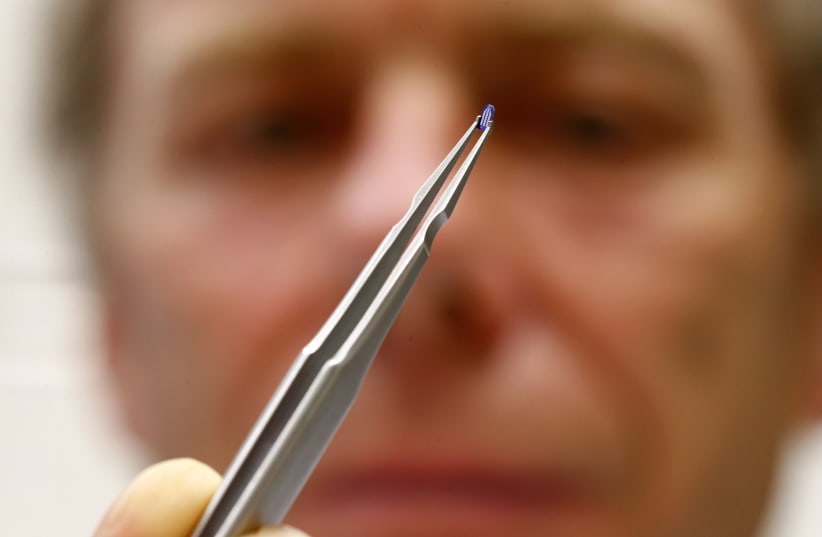Over 80 Israeli companies are working in the field of developing nanotech-related products. Some 65 companies are startups with core missions devoted to nano-enabled or nano-enabling products.
Such development and commercialization significantly boost Israel’s position as a global leader in nanotech research and development.
However, Israel – the “Startup Nation” – doesn’t lead the world in this field. China is ahead of the pack with a 46% share of all nano-articles in the world this year, passing the 100,000-article mark for the second year in a row. India, which surpassed the US in 2022, stays in second place, followed by the US and South Korea in third and fourth place.
However, an international collaborative study that features researchers from Tel Aviv University (TAU) has produced a new method that could help boost Israel’s position. They found a way to grow ultra-long and ultra-narrow strips of graphene (a derivative of graphite) exhibiting semiconducting properties that can be harnessed by the nanoelectronics industry. The researchers believe that the development may have many potential technological applications, including advanced switching devices, spintronic devices, and, in the future, even quantum computing devices.
Study conducted under TAU team
The study was conducted under the leadership of an international research team, that included Prof. Michael Urbakh and Prof. Oded Hod from TAU’s School of Chemistry, as well as scientists from China, South Korea, and Japan. The study was published in the prestigious journal Nature under the title “Graphene nanoribbons grown in hBN stacks for high-performance electronics.”
However, if long and thin strips of graphene (termed graphene nanoribbons) are cut out of a wide graphene sheet, the quantum charge carriers become confined within the narrow dimension, which makes them semi-conducting and enables their use in quantum switching devices. Currently, there are several barriers to using graphene nanoribbons in devices, among them is the challenge of reproducibly growing narrow and long sheets that are isolated from the environment.
In this new study, the researchers were able to develop a method to catalytically grow narrow, long, and reproducible graphene nanoribbons directly within insulating hexagonal boron-nitride stacks, as well as demonstrate peak performance in quantum switching devices based on the newly-grown ribbons.
The unique growth mechanism was revealed using advanced molecular dynamics simulation tools that were developed and implemented by the Israeli teams. These calculations showed that ultra-low friction in certain growth directions within the boron-nitride crystal dictates the reproducibility of the structure of the ribbon, allowing it to grow to unprecedented lengths directly within a clean and isolated environment.The researchers believe the development will be a scientific and technological breakthrough in the field of nanomaterials and will open the door to a wide range of studies that will lead to their use in the nanoelectronics industry.


